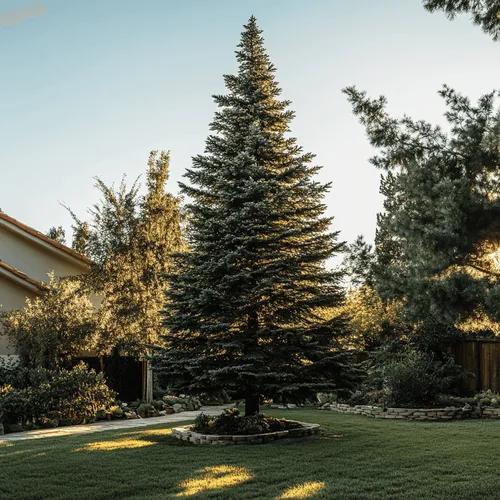The Leyland Cypress is a vigorous tree, densely foliaged to the base. This tree has pleasing mid-green or blue-green sprays of foliage made up of scale-like needles, which are soft to touch. Its scale-like, simple leaves are arranged in opposite/subopposite arrangement. Its typical leaf blade length is 2 inches.
Leylandi Care
Cupressus × Leylandii



How to Care for the Plant

Water

Newly planted Leylandii hedges need watering at least once a week during the growing season (March to October) and more often in hot and dry weather. Even if it rains, the plants may not be getting enough water. It needs to rain at least inch (6mm) before you don t need to water.

Pruning

Pruning should be carried out between April and the end of August, with up to three cuts during the growing season for Leyland cypress. Before pruning, check for bird nests, as it is an offence under the Wildlife & Countryside Act 1981, to damage or destroy the nest of any wild bird while it is in use or being built.

Fertilizer

The best feed (fertiliser) to use is a Controlled Release Fertiliser such as Multicote or Osmocote that feeds for 12 months. This provides all the macro and micro nutrients they need for the first year. In general, after the first year, they should have a large enough root system to find their own nutrients.

Soil

Leylandii conifers are one of the most versatile hedging species, they will grow successfully in all soil types including Clay and Chalk soils. On lighter sandy or chalky soils it is advisable to add some organic matter to the soil to help reduce the drying effects of the summer months.

Temperature

It can grow in sunny and partially shaded areas, sheltered or exposed, and will withstand temperatures between -25°C and 30°C. As far as soil goes, Leylandii isn't too fussy there either and will grow in everything from sandy, clay or chalky soil – as long as it is moist.

Container

Container-grown or pot-grown plants are plants that are grown in pots or containers.

Additional

All parts of the Leylandii are potentially poisonous to humans (although poisoning is rare). Contact with the sap or foliage may cause skin irritation, which can usually be treated with over-the-counter ointments. The Leyland cypress, Cupressus × leylandii, often referred to simply as leylandii, is a fast-growing coniferous evergreen tree much used in horticulture, primarily for hedges and screens. Even on sites of relatively poor culture, plants have been known to grow to heights of 15 metres (49 ft) in 16 years.

Popularity

477 people already have this plant 17 people have added this plant to their wishlists
Discover more plants with the list below
Popular articles






